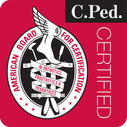|
In children, flat feet are a very common condition to observe with their feet. It may impact the way they walk (out-toeing) or "Knocked Knees". What is a ‘flat foot’? A flat foot is divided into two types; one that is structural and one that is functional. In the structural flat foot, there is a problem with the arch of the foot collapsing; the functional flat foot is when there is a problem in the biomechanics of the foot and the way we walk. Children with flat feet can often experience pain in their feet, which consequently may affect their posture. When children have flat feet, their feet collapse when they stand, and the knees and hips also become misaligned. This means the muscles that move those joints no longer work as efficiently and takes more energy to perform the same gait mechanics as other children who don’t have this condition. Are ‘flat feet’ common for children? When you see the foot sag and arches collapse, it’s noticeable when a child makes a foot movement inward while walking. The arches of the foot develop from birth until until approximately age 6. Flat feet are often hereditary, if the father or mother suffers from fallen arches, there is a good chance that the child may also have the same issue. It is important that the pathological flat foot be identified at an early age and treated efficiently to prevent further issues from occurring later on. Benefits of Children's Orthotics? Custom orthotics or exercises can really help. These are options that can help kids to strengthen their muscles and the structure of their foot. Each child is different and so are their feet, as a Pedorthist I often suggest a child-specific orthotic. One softer on the feet and not made from solid plastic, rather EVA materials with excellent shock absorption and rebound. Often the faster a Pedorthist can intervene (mechanically speaking) the more likely we are able to help with a better aligned growth pattern. Children as young as 18 months could benefit from a preventative standpoint. The principle objective of orthotic treatment -generally is to maintain the foot in a corrected position until ligamentous laxity (hypermobility) disappears, a development stage which can be considerably delayed sometimes[1]. Orthotic treatment is usually continued until the stability of the foot has been restored. If not identified and corrected early, ossification and hardening of the tarsal bones in the foot can lead to more long term issues and complications in the child's gait. Though a high proportion of feet correct with growth, retrospectively a study carried out on 85 children that early orthotic treatment for feet judged to be “abnormal” produced significant improvement with orthotic wear; whereas late or no orthotic intervention allowed for further deterioration of the structural alignment of the foot.[2] A more current study in 2015 also showed that short-term use of custom-molded foot orthotics improved balancing ability in children with symptomatic flexible flat foot.[3] [1] Smith MA. Flat feet in children. BMJ 1990;301:942-3. (27 October.) [2] Rose GK, Welton EA, Marshall T. The diagnosis of flat foot in the child. I BoneJ7oint Surg[Br] 1985;67:71-8. [3] Hong-Jae Lee, Kil-Byung Lim, JeeHyun Yoo, Sung-Won Yoon, Hyun-Ju Yun, Tae-Ho Jeong. Effect of Custom-Molded Foot Orthoses on Foot Pain and Balance in Children With Symptomatic Flexible Flat Feet. Ann Rehabil Med. 2015 Dec; 39(6): 905–913. Published online 2015 Dec 29 How does a Pedorthist help exactly? Firstly, we evaluate the biomechanics of the child's foot and walk. We recommend a non-intrusive orthotic, paired with a good shoe (later recommended below) which will best help with growth and development of the foot. We have extensive knowledge of the foot and its mechanics and it is this knowledge that allows us to work in close collaboration with allied health professionals to carry out a full assessment of the child. Children’s Shoe Recommendations: Providing your children with appropriate shoes will also help strengthen and straighten their feet and legs, allowing them to walk straighter while improving their posture. The picture below shows a child wearing a pair of unsupportive shoes with no custom orthotic built in. Note how the child’s feet are collapsing and turning inwards, throwing the whole body out of alignment. The image below shows the same child wearing a pair of supportive shoes. Note how the arch and the heel is supported, preventing the child’s feet from collapsing and tuning inwards. I recommend focussing on picking the correct shoe style and the correct shoe size, as children grow out of their shoes quickly. Foot and leg pain is not normal, if your child is complaining about foot and leg pain consistently, this might be a sign that your child has a foot condition such as flat feet previously discussed. I always recommend matching a pair of supportive shoes with a supportive orthotic for optimal results. 3 Most Important Features of Children’s Shoes: A good quality shoe must provide comfort, arch support, and a firm heel counter, which will enable your children to strengthen their muscles and move around with ease and comfort.
2. Firm Heel Counter: The heel cup is the back part of the shoe that provides crucial ankle and heel support. Sometimes children can experience heel or ankle pain from having rolled ankles, in addition to flat feet. Always make sure that the heel counter of your kids’ shoes feels sturdy. 3. Flexible and Lightweight: Ideally, you want the shoes to be supportive, but lightweight and flexible in order to prevent your kids’ feet from easily getting tired. Their shoes should always bend at the ball of the foot but no further. It’s important that the back to school shoes are flexible but not too flexible, otherwise they won’t provide enough support and the foot will have to do more work than it should. The Best Shoes for Kids with Flat Feet: The New Balance 990 shoes are excellent and can be purchased in the below links. Shoe 1 here Shoe 2 here Shoe 3 here Stride Rite Ian Stride Rite Artin Stride Rite Cannan New Balance KV790 New Balance KA680 Pediped Max Pediped Dakota Mary Jane Keen Oakridge Keen Oakridge Low Keen Newport Sandal In order to allow for ample growing room, I recommend parents order shoes half a size larger than the size of their children’s foot length. The shoes recommended above all come with shoelaces, as they provide better support and stability than velcro or no strap. New Balance shoes are specifically manufactured to provide support and stability to the foot as they provide a substantially thick outsole, as well as a high and well-padded heel which helps minimize the impact on their feet when they hit the ground. All of these shoes are also capable of accommodating an orthotic inside the shoe very comfortably, as they have removable insoles. Ideally any shoe you pick to wear a custom orthotic in should have a removable insole. Investing in a pair of good supportive shoes will end up saving you a lot of time and money in the future. With the correct type of orthotics, they can help children walk and run straighter, by aligning their feet and legs and reducing the stress that they are putting to their feet. I recommend children’s orthotics for the following reasons: Excessive foot pain: Orthotics help provide cushion and support to your kids’ feet to help reduce the pressure on the affected part. Flat feet: Orthotics help prevent your kids’ feet from collapsing and allow your child to walk and run straighter. Active Kids: Orthotics are recommended for kids that are very active in sports or high intense activities that induce pressure on the foot. They will help relieve some of the stress your kids are putting on their feet when they are running or playing at high intense levels. Don’t forget to remind your children to stretch regularly, since that will help relieve some of the pain that they might be experiencing. The problem of foot pain is how it is much harder to diagnose in kids as they may not necessarily know how to express the pain they are feeling. It is left to the parents to recognize discomfort in their kids and detect what is the cause of the pain. - Stephan Radoja, M.Sc, C.PedUnfortunately, if you have wide feet, there aren’t as many options up here in Canada as our southern neighbours. Fitting orthotics in narrow footwear can also be problematic for fit and comfort. Thankfully, there are still some excellent options that will give you the stability, structure and comfort out there. WHAT MAKES WIDER SHOES DIFFERENT THAN OTHER SHOES? Perhaps the biggest difference between a “wider" size shoe is that it has a larger toe box. Your toes aren’t cramped, while the rest of the shoe provides a good, snug fit in which your feet don’t move around too loosely inside. Things to Consider before Choosing a Wide Shoe: Whether you’re shopping for running or casual walking shoes, a few basic rules and considerations apply. SIZING IS IMPORTANT. The difference between a good fit and a not-so-good fit cannot be understated. When it comes to overall comfort of your running/walking shoes first check the fit of your running shoe in regular size. Finding a running shoe to accommodate your extra foot width doesn’t necessarily mean going up a size with your new orthotics. Many shoes have removable insoles loosely taped or glued onto the bottom of the shoe. Gently remove it from the shoe from toe to heel. MAKE SURE THE SHOE PROVIDES GOOD STABILITY Finding a shoe with proper stability is important, no matter what type of feet you have. With wide feet, however, you also may have flat feet, and flat feet can lead to overpronation (when your feet bend inward with each stride). Also, make sure the stability of your running shoe matches the type of terrain upon which you regularly run. A shoe that’s stable enough for running on paved paths and roads may not be stable enough for running on more rugged terrain, such as unpaved trails. MAKE SURE THERE’S ENOUGH ROOM IN THE TOE BOX I have already mentioned the importance of finding a shoe with a roomy toe box if you have wide feet. That doesn’t mean buying a shoe that has a toe box the size of the clown's boot, but there should be about a thumb’s width of room between your longest toe and the front of the shoe. LOOK FOR SHOES WITH REMOVABLE INSOLES AND LININGS Being able to take insoles and linings out of the shoe is helpful for any runner with wide feet, and doing so can make extra room for orthotics that help alleviate foot problems related to foot width.
How do we make your custom foot orthotics? When you book an appointment with the Pedorthist he will provide a musculoskeletal assessment including a gait analysis and biomechanical exam. With Social Distancing precautions still in place, you may schedule a virtual exam to avoid coming into the clinic. In addition, he takes a 3D scan of your foot in both a weight bearing and non-weight bearing position! Both scans are used when designing your custom orthotic and comparing your natural arch shape to the transformation of your foot when all your body weight is on top of it. New German Scanning Technology now allows the Pedorthist to scan the inside of all the different shoes you wear, to ensure a cross-compatible fit. A common issue with custom orthotics is they don't fit in the shoe properly, creating potential pain and discomfort. The 3D scans create an exact likeness of your foot in its corrected position. The scanner measures the 3D scan to an accuracy of 0.1 mm, currently the most accurate 3D Scanner on the market. If any software adjustments are necessary, such as adding a heel raise for a short leg, your certified pedorthist will build any accommodations into your custom insoles. The scans are then made in his orthotic laboratory here in Toronto, custom designed with 3D CAD software, CNC Milled and hand-grinded for the perfect fit. Pro Balance Orthotic's Special Features:
|
Stephan Radoja, C.PedLicensed Pedorthist and Custom Orthotics Specialist Archives
November 2022
Categories
All
|
How Does Our Service Work?
|
Servicing 10+ Areas and Locations AROUND TORONTO AND GREATER TORONTO AREACall Us Today! 647-905-0557
|
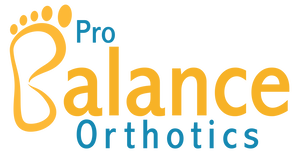
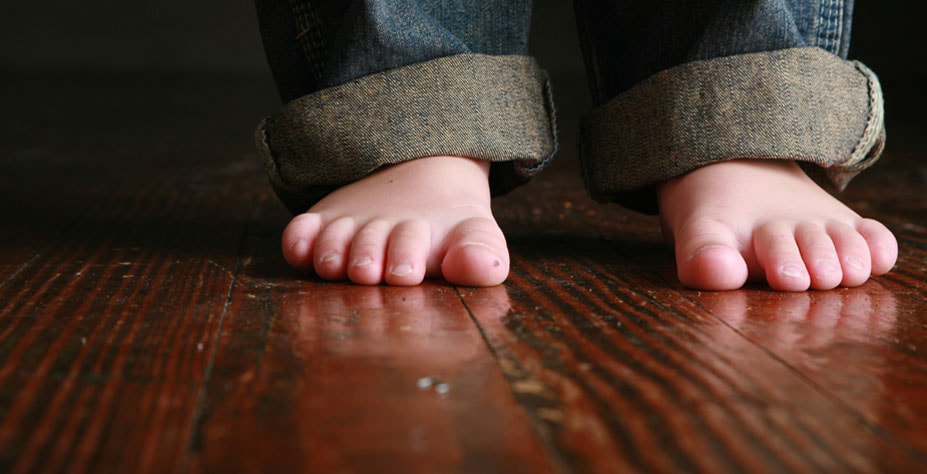
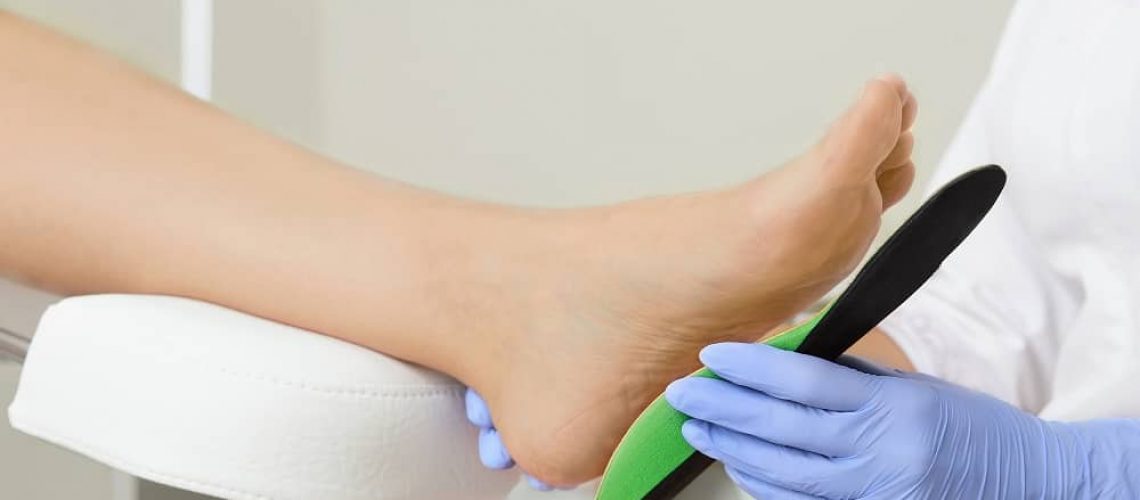
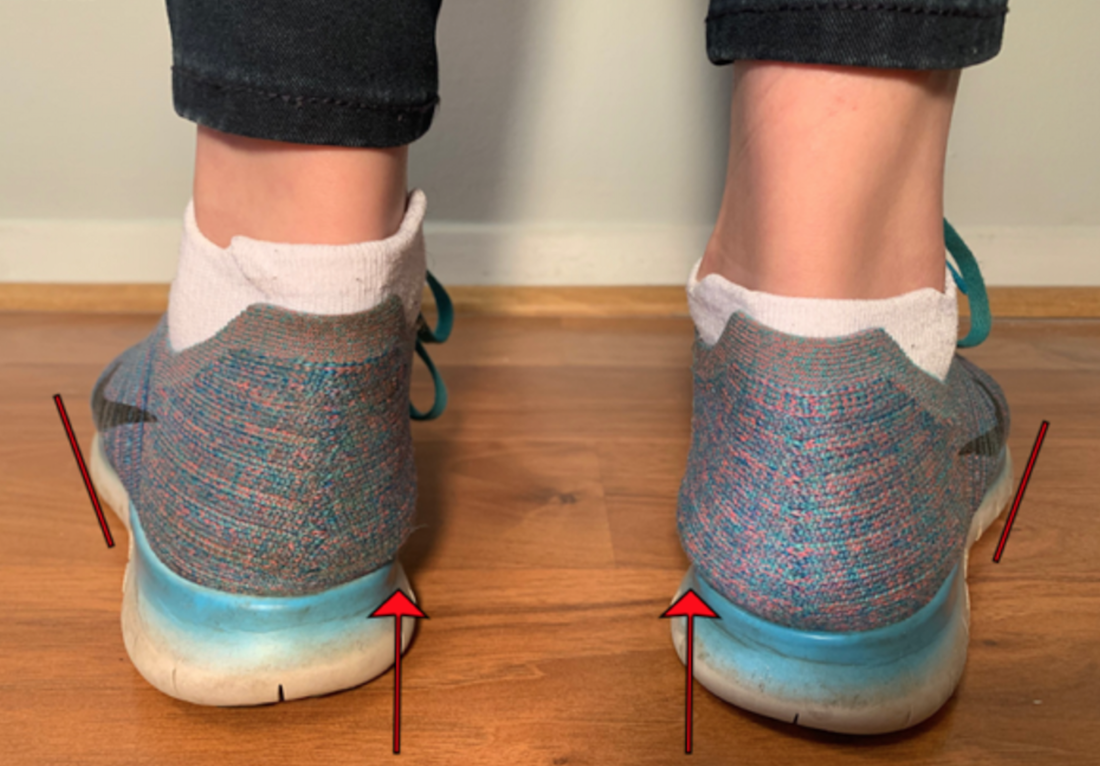
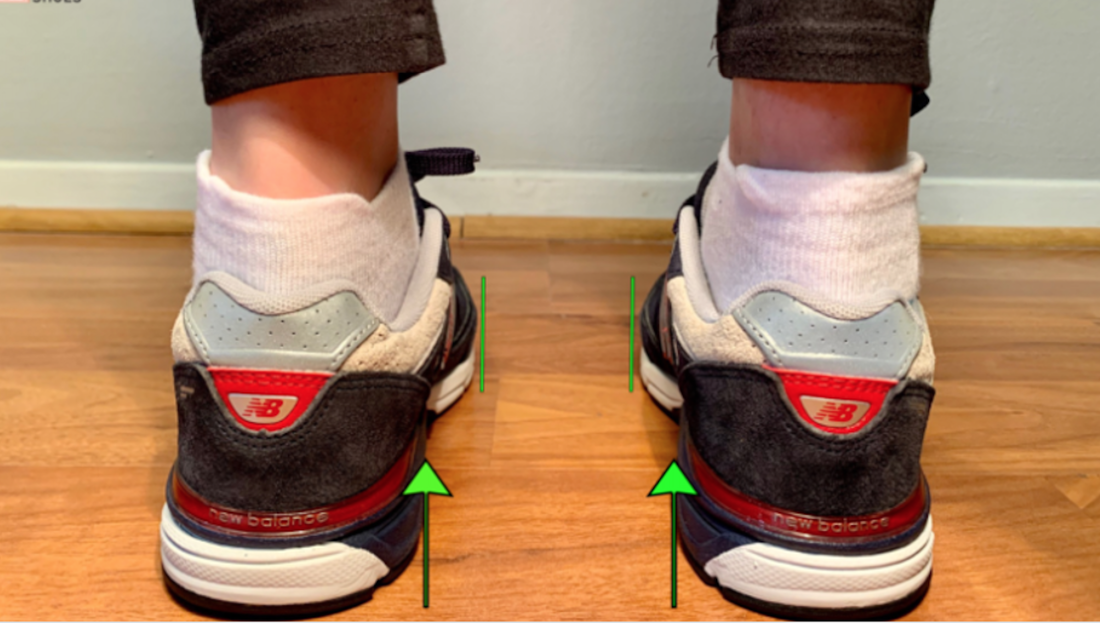
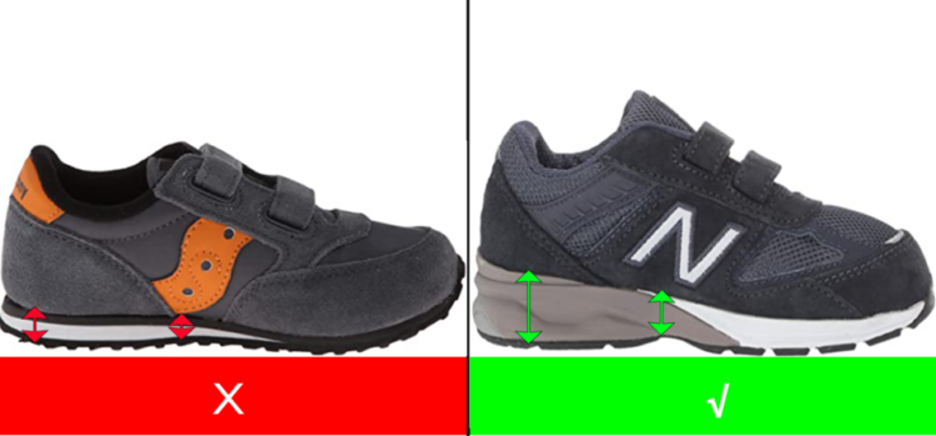
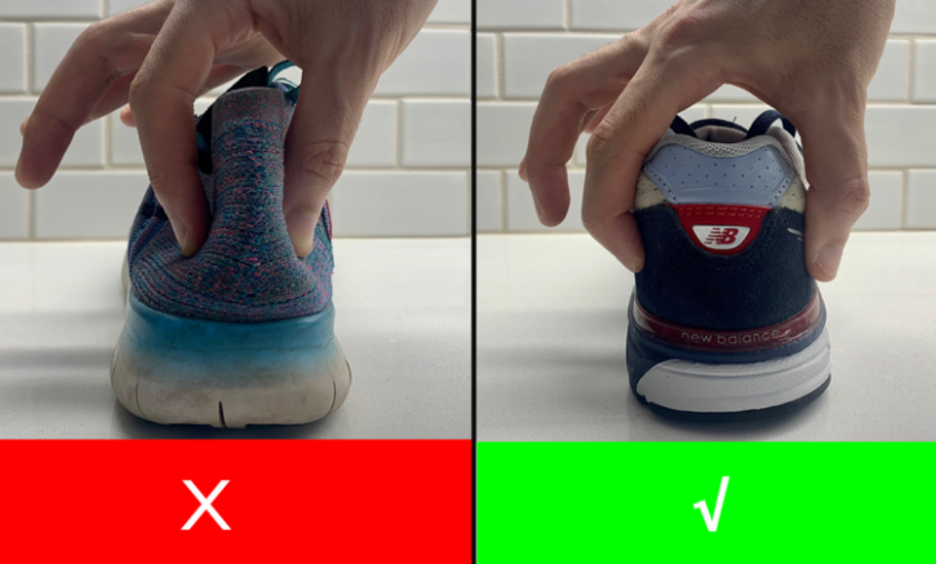
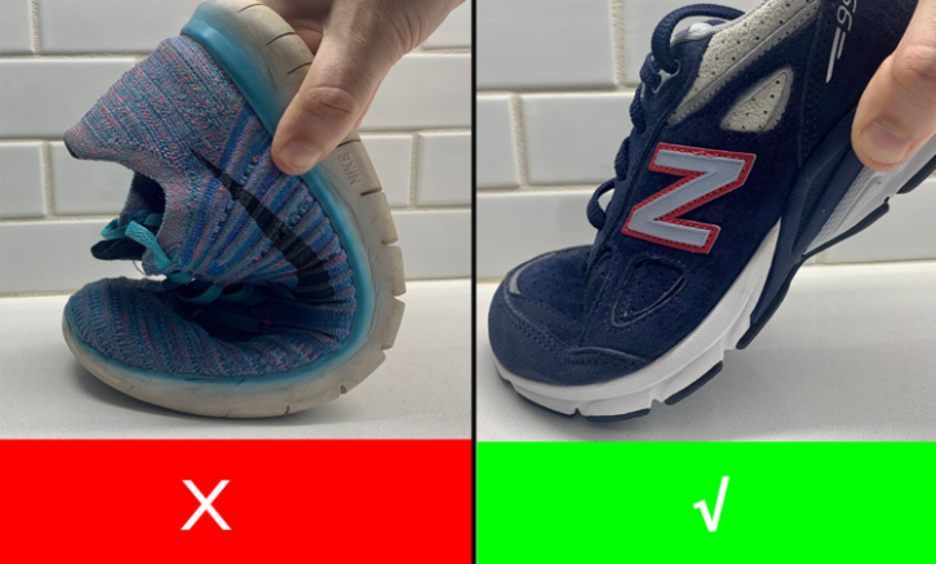
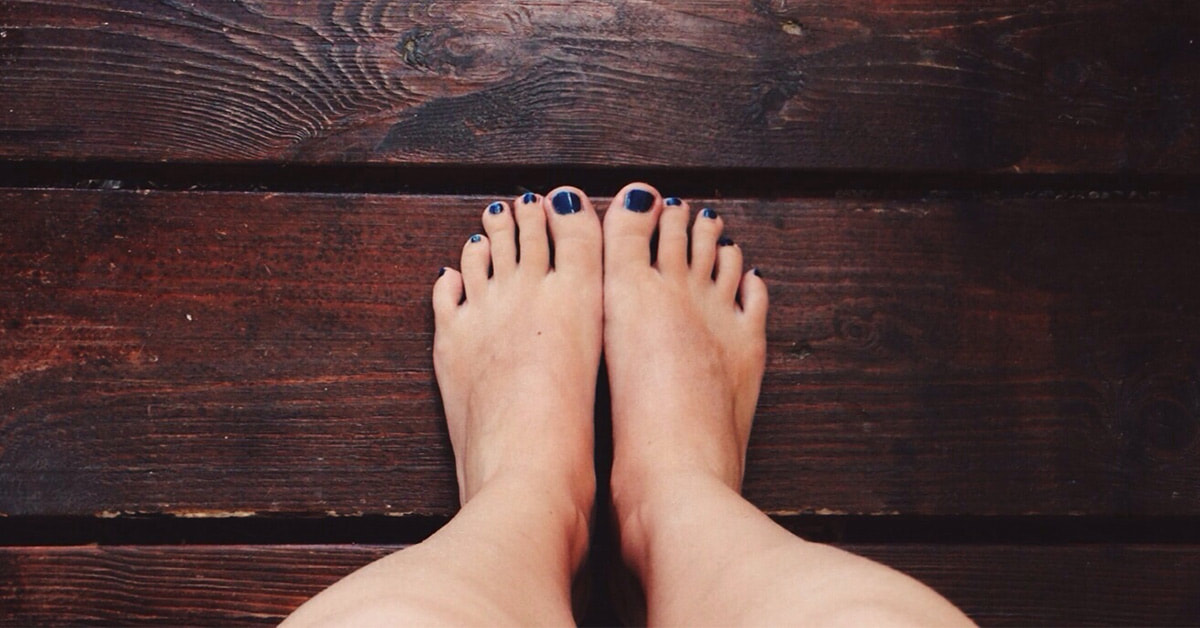
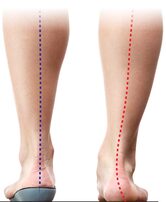
 RSS Feed
RSS Feed

